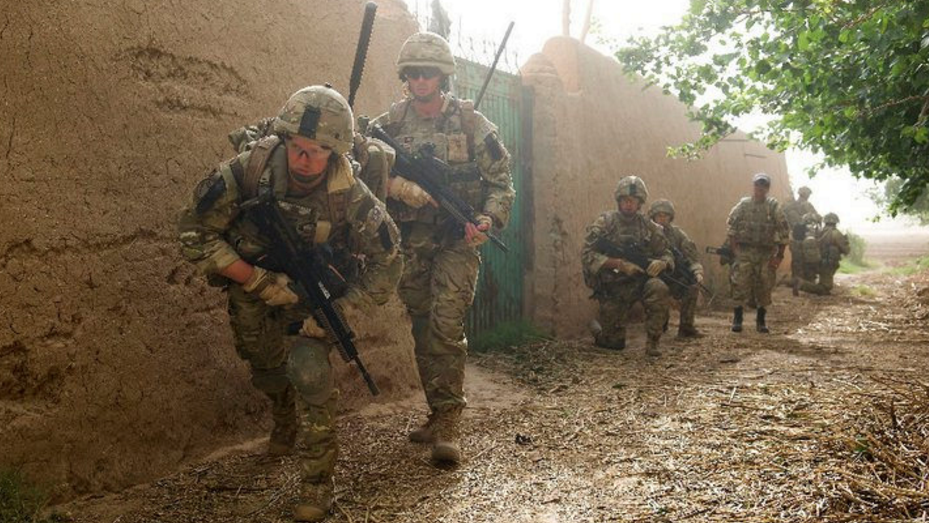UK Cuts Royal Marines' Budget to Fund Carriers

In order to finance the operation of its two new carriers, the Royal Navy plans to turn one of the Royal Marines' three front line commando units into a support outfit. According to new plans first reported by The Times, 42 Commando will be reduced in size and given a role in training exercises and support for 40 and 45 Commando. In addition, all overseas training for the remaining units will be suspended.
“Without any declaration, almost by stealth, we have gone from a claim to have something that operates at formation level and at global reach to something which can never again be a sustained land operation," a former officer told The Times. He noted that the Royal Navy needs 200 more sailors to man the new carriers, a number that closely matches the personnel reduction at 42 Commando.
“The naval service is refiguring itself in the image that it wants, which is a large capital platform navy comprised of carriers, some new hunter-killer submarines and the nuclear capability,” he said. “Everything else, the Devil takes the hindmost.”
The cut to the services' amphibious assault units follows an earlier decision to retire the Marines’ helicopter landing platform HMS Ocean, the nation's current flagship. In 2015, the Royal Navy decided to accelerate the Ocean’s retirement to 2018, despite a recent upgrade. In addition, the service’s amphibs, the HMS Albion and the HMS Bulwark, have operated on a rotating schedule since 2011, when Albion downgraded her readiness and entered a shipyard period. Bulwark's crew have recently transferred over to the refurbished Albion, which will take over as the Royal Navy's sole "very high readiness" amphibious assault ship.
The Royal Navy has been working through what one officer described as a "managed decline" in manning, fleet size, budget and equipment for some time. It had over 200 combatant vessels in 1960, but the count is now down to 30 (including submarines). It also faces difficulties with weapons procurement: its destroyers and frigates are set to lose their Harpoon anti-ship missiles in 2018, with no replacement in sight, leaving them with deck guns and helicopter-borne munitions alone. Neither does it plan to buy the land attack missiles that its new Type 26 frigates are built to carry.
These shortcomings are taking their toll on morale and recruitment. The service is 1,000 sailors short of its authorized staffing levels, leading to higher workloads for current servicemembers. For engineering personnel, the shortage is so acute that the service may have to recruit experienced seafarers from foreign navies, according to a recent report in The Spectator.
